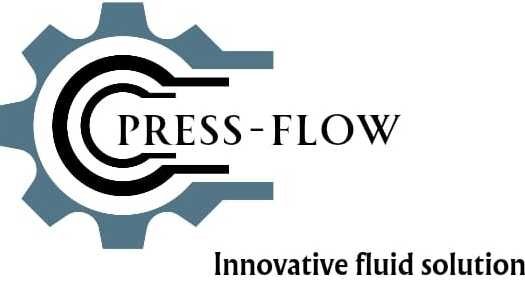Understanding the Challenges in Industrial Piping Systems
Industrial and instrumentation piping systems are the lifelines of many high-stakes industries, including oil and gas, chemical manufacturing, pharmaceuticals, and utilities. These systems must function seamlessly in environments often characterized by extreme conditions, making precision in measurement and the maintenance of safety standards imperative. The complexity of managing an intricate network of pipes, valves, and sensors necessitates a comprehensive understanding of the challenges these systems face.
One of the foremost challenges is corrosion, which can significantly compromise the integrity of piping systems. Corrosion is a persistent issue in industries such as oil and gas, where harsh chemicals and pressurized fluids are constantly in contact with metal surfaces. Preventing corrosion requires meticulous material selection and the implementation of protective coatings, which can be both costly and labor-intensive.
Pressure management is another critical aspect. Industrial piping systems must regulate high and variable pressures while ensuring the safe transport of gases and liquids. Inadequate pressure control can lead to system failures, posing both operational risks and safety hazards. Precision instruments are vital for maintaining accurate pressure levels, necessitating regular calibration and maintenance.
Leak detection stands as a significant hurdle given the extensive networks involved. Timely identification and rectification of leaks are crucial to prevent environmental damage and ensure system efficiency. Advanced technologies like fiber-optic sensors and acoustic monitoring are increasingly being integrated to enhance leak detection capabilities, but these technologies come with their own set of challenges, including high initial costs and the need for specialized expertise.
Moreover, the integration of advanced materials and technologies, such as composite materials and smart piping systems, introduces both opportunities and challenges. While these innovations offer enhanced durability and performance, they also require comprehensive knowledge and adaptability from the workforce to fully harness their potential.
Maintaining safety standards amid these challenges is paramount. Industrial environments are subject to stringent regulatory requirements, and compliance involves rigorous testing, regular inspections, and continuous monitoring. The stakes are high, as failures in piping systems can have catastrophic consequences, affecting not only the operational efficiency but also the safety of personnel and the surrounding environment.
Understanding these challenges and addressing them with innovative solutions is essential for the reliability and longevity of industrial and instrumentation piping systems. By leveraging new technologies and adhering to best practices, industries can navigate the complexities involved and ensure the optimal performance of their piping infrastructures.
Innovative Solutions and Best Practices in Piping Systems
Addressing the challenges inherent in industrial and instrumentation piping systems requires a blend of innovative techniques and best practices that leverage the latest technological advancements. One key approach is the implementation of smart sensors and automated monitoring systems. These technologies offer real-time data collection and analytics, enabling proactive maintenance and preventing potential failures. By integrating Internet of Things (IoT) devices, operators can monitor various parameters such as pressure, temperature, and flow rate, ensuring optimal performance and quick response to anomalies.
Another significant advancement lies in the use of corrosion-resistant materials. Materials such as stainless steel, duplex steels, and specialized polymers are increasingly being adopted to enhance the longevity and reliability of piping systems. These materials not only resist corrosion but also offer superior strength and durability, which is crucial for handling extreme conditions often encountered in industrial applications.
The latest trends in piping system design emphasize the use of modular and prefabricated components. This approach allows for faster assembly and installation, reduces onsite labor, and minimizes errors. Prefabrication ensures that components fit perfectly according to design specifications, leading to increased efficiency and reduced project timelines. Additionally, modular designs offer the flexibility to easily expand or modify systems as requirements evolve.
Cutting-edge software for design and simulation plays a crucial role in optimizing piping systems. Advanced programs allow engineers to create detailed 3D models, simulate various operating conditions, and identify potential issues before actual implementation. These tools facilitate precise planning and design, contributing to enhanced accuracy and functionality of the systems.
A holistic approach that integrates safety, efficiency, and sustainability is essential for providing comprehensive solutions. This comprehensive strategy not only ensures operational excellence but also promotes long-term cost savings. For instance, smart monitoring and early detection systems can significantly reduce downtime by allowing timely interventions, thereby avoiding costly repairs and replacements.
Case studies illustrate the benefits of these innovative practices. In one instance, a petrochemical plant implemented smart sensors and automated monitoring throughout its piping network. As a result, they observed a 20% reduction in downtime and a significant improvement in process efficiency. Another example from the pharmaceutical industry involved the adoption of corrosion-resistant materials and modular design, leading to enhanced system reliability and flexibility, ultimately driving down maintenance costs and ensuring regulatory compliance.
